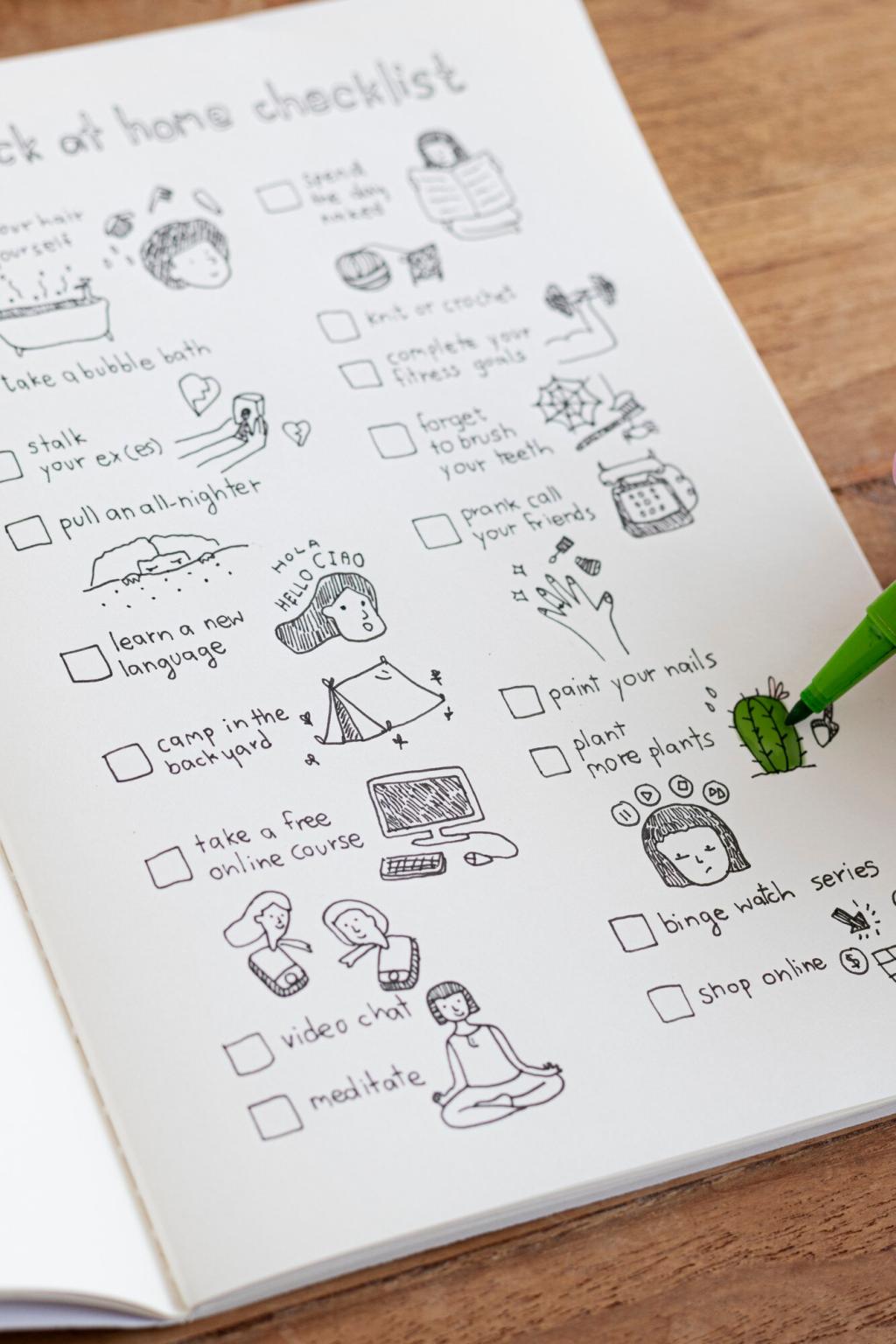Chosen theme: Responsive Design Techniques for E‑Learning Platforms. Explore practical methods, inspiring stories, and tested patterns that help every learner thrive—whether on a phone between classes, a tablet on the sofa, or a desktop at work.



Designing Fluid Layouts for Courses

Mobile‑First Grids
Start with a single‑column, mobile‑first grid to prioritize essential content and interactions. Then progressively enhance for larger screens using CSS grid and flexible gutters, ensuring quizzes, transcripts, and callouts reflow without breaking visual hierarchy or cognitive clarity.

Scalable Typography
Use responsive type scales with relative units and clamp functions to balance readability and density. Establish minimum sizes for captions and controls, ensure line length remains comfortable, and pair headings with accessible contrast to keep content legible on bright, small displays.

Flexible Media Containers
Wrap galleries, charts, and simulations in ratio‑aware containers that preserve aspect while accommodating orientation changes. Provide zoom, pan, and transcript alternatives, so detailed visuals remain meaningful on compact screens without forcing horizontal scroll or losing critical annotations.
Touch‑Friendly Interactions and Navigation
Place primary actions within comfortable thumb zones, especially on tall phones. Increase hit targets to at least forty‑four pixels, add generous spacing, and avoid edge‑crowding. Clear, persistent navigation prevents disorientation, helping learners focus on content rather than hunting buttons.
Touch‑Friendly Interactions and Navigation
Never rely on gestures alone. Provide visible controls for swipes and ensure full keyboard support, including logical tab order and focus states. Learners using assistive tech must access carousels, accordions, and media players without hidden or ambiguous interaction patterns.


Adaptive Images and Art Direction
Serve appropriately sized images with srcset and sizes to prevent wasteful downloads. Use art‑directed crops for narrow viewports so critical details remain visible. Always supply alt text that conveys learning intent, not just appearance, to maintain inclusive comprehension.
Responsive Video Delivery
Use responsive players, captions, and variable bitrates. Offer downloadable transcripts and slide decks for low‑bandwidth environments. Segment long videos into concise chapters to support microlearning and quick review, helping learners revisit concepts without scrubbing endlessly on small screens.
Performance as Pedagogy
Every extra second of loading steals attention from understanding. Trim render‑blocking assets, defer non‑critical scripts, and keep interactions snappy. When the interface feels instant, learners channel mental energy toward analysis, synthesis, and practice rather than waiting.


Performance as Pedagogy
Use service workers to cache lessons, assessments, and progress locally. Provide low‑data modes with compressed media and image placeholders. Offline resilience supports fieldwork, travel, and communities with unstable connections, transforming access from fragile to dependable.
Testing Responsiveness with Real Learners
Device Labs and Remote Testing
Combine on‑site device labs with remote testing to observe varied networks, glare, and distractions. Ask learners to complete tasks on their own devices, revealing friction that simulators miss, like keyboard overlays or notification interruptions during timed assessments.
Inclusive QA Scenarios
Test with screen readers, magnification, high‑contrast settings, and different language inputs. Validate that time‑limited activities adapt to zoomed interfaces and that focus never jumps unpredictably. Inclusive QA ensures responsive design benefits everyone, not just typical users.
Analytics‑Driven Iteration
Use heatmaps, path analysis, and device breakdowns to identify pain points. If mobile users abandon after module two, inspect layout density, tap targets, and media weight. Share findings openly and invite comments so your improvement roadmap reflects real learner needs.
Frameworks, Standards, and Tooling
CSS and Design Tokens
Centralize spacing, typography, and color as tokens, then map to CSS variables for consistent theming. Utility classes and container queries let components adapt fluidly without brittle overrides, keeping authoring predictable for both designers and instructional developers.
SCORM, xAPI, and Accessible Patterns
Ensure responsive components remain standards‑compliant. Validate SCORM or xAPI tracking across devices and embed WCAG‑aligned patterns for forms, quizzes, and media. Standards stewardship prevents surprises when content moves between learning management systems or offline players.
Design Systems for Course Authors
Offer a living library of responsive components—accordions, stepper activities, card decks—with clear usage guidance. When authors assemble lessons from well‑tested pieces, they deliver consistency and accessibility without reinventing layout decisions for every new module.
Stories from the Field
A University’s Commute‑Proof Chemistry
An instructor split dense lab theory into five responsive micro‑segments with captions and manipulable diagrams. Students reviewed during bus rides, arriving primed for discussion. Lab scores improved, and office hours shifted from re‑explaining basics to exploring applications.
A Mobile Sales Academy
A retail chain moved onboarding to a responsive platform with offline modules. Associates completed product scenarios on breakroom phones, then synced results. Managers noticed faster ramp‑up and fewer policy mistakes, crediting bite‑sized lessons that fit real store rhythms.
Rural Health Workshops
A nonprofit offered low‑bandwidth, transcript‑first courses with compressed media and downloadable kits. Nurses in remote clinics completed modules during intermittent connectivity, reporting that reliable offline access turned mandatory training from a headache into a helpful weekly habit.
